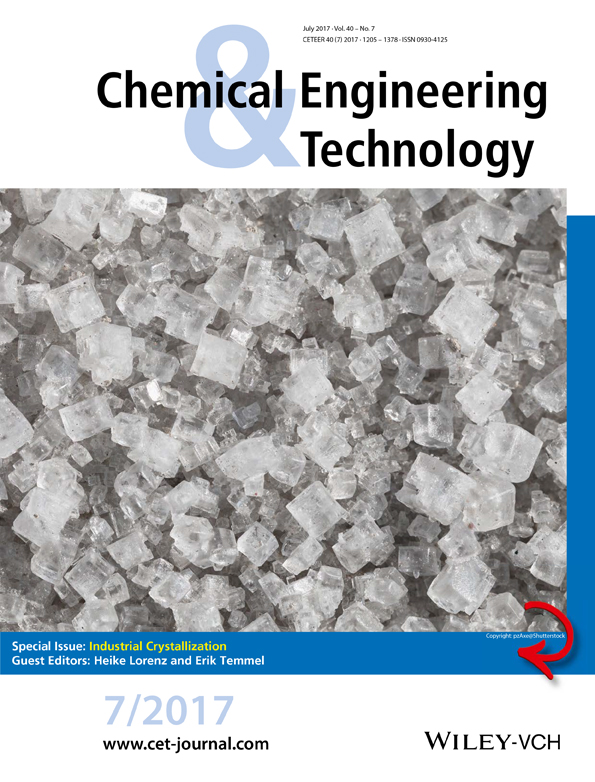Analysis of Hydrocolloids in Crystalline Material
Abstract
Additives in foods are a commonly applied tool to optimize the product in terms of appearance, handling, quality, and production process. Such additives are ingredients which can change, e.g., the texture within the product and can also influence other main components in a formulation. It is demonstrated that the use of hydrocolloids as texturants in sweets influences the layer formation of crystallized sucrose for coating purposes. An incorporation of hydrocolloids in the crystalline materials changes the storage stability since the produced coated gels lose water, the so-called syneresis. It is necessary to achieve a pure crystallized sugar layer and, therefore, to develop a tool to control the production process. A successful analysis of hydrocolloids, e.g., of gelatin, agar or carrageenans, in crystallized sucrose was performed by means of precipitation and coloring methods.




